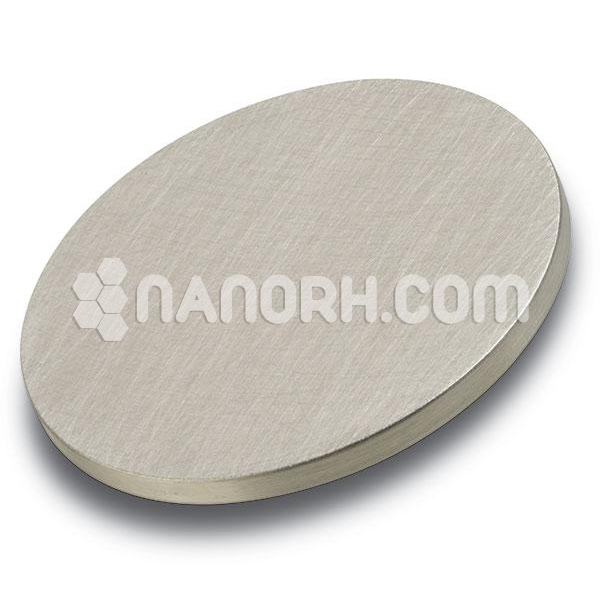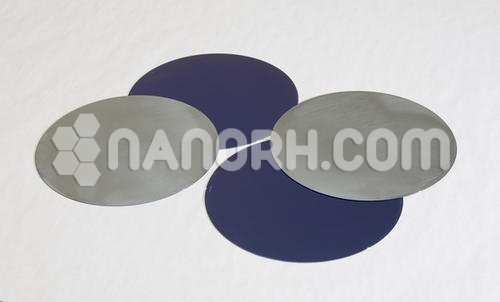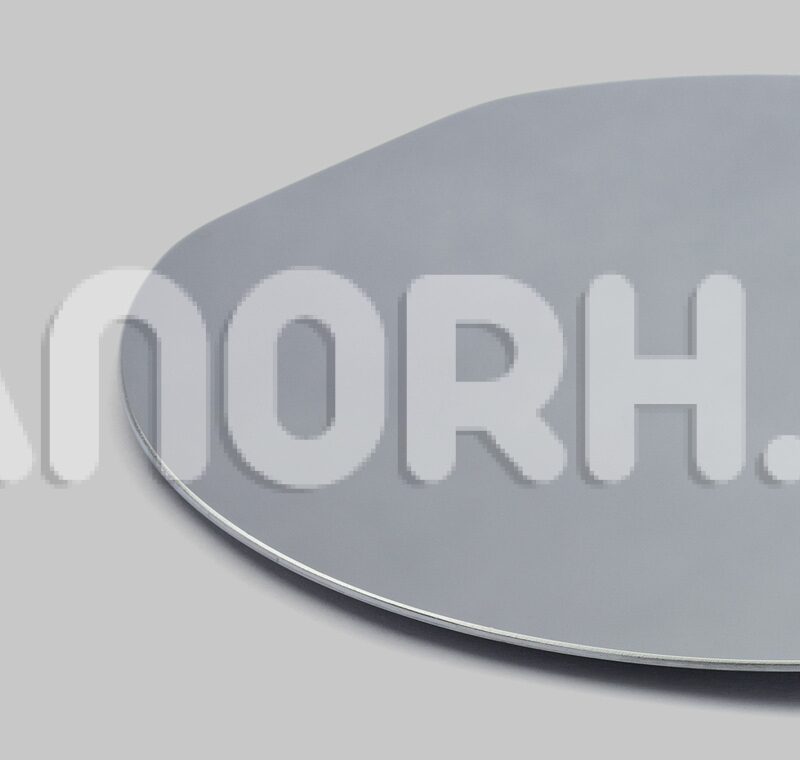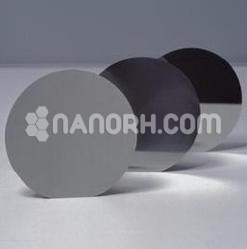| Titanium Dioxide Sputtering Targets | |
| Product No | NRE-43583 |
| CAS No. | 13463-67-7 |
| Formula | TiO2 |
| Molecular Weight | 79.93 |
| Purity | >99.9% |
| Density | 4.23 g/cm3 |
| Thickness | 3 mm ± 0.5mm (can be customized) |
| Diameter | 50 mm ± 1mm (can be customized) |
| Shape | Round |
| Resistivity | NA |
| Thermal Conductivity | NA |
Titanium Dioxide Sputtering Targets
Applications:
Titanium dioxide sputtering targets is a widely used material known for its excellent optical, electrical, and photocatalytic properties. Sputtering targets made from titanium dioxide are used to deposit thin films in various applications, leveraging its unique characteristics. Here are some key applications of titanium dioxide sputtering targets:
Optical Coatings:
TiO₂ is commonly used in optical coatings for lenses, mirrors, and windows due to its high refractive index and excellent transparency in the visible spectrum. It provides anti-reflective coatings that enhance light transmission.
Photocatalysis:
Titanium dioxide is a highly effective photocatalyst. Thin films of TiO₂ are applied in environmental applications, such as self-cleaning surfaces and water purification systems, where they help break down pollutants under UV light.
Solar Cells:
TiO₂ films are used in dye-sensitized solar cells (DSSCs) and other photovoltaic devices. They serve as a semiconductor layer, facilitating charge transport and improving overall solar cell efficiency.
Electronics:
In the electronics industry, TiO₂ thin films are used as dielectric layers in capacitors and other components, benefiting from their high dielectric constant and insulating properties.
Sensors:
TiO₂ coatings are utilized in gas sensors and other sensing devices. Their sensitivity to environmental changes makes them suitable for applications in safety and environmental monitoring.
Biomedical Applications:
Titanium dioxide is explored for use in biomedical devices due to its biocompatibility and ability to promote cell adhesion. TiO₂ coatings are applied to implants and prosthetics to enhance integration with biological tissues.
Decorative Coatings:
TiO₂ is used in decorative coatings and paints for its bright white color and opacity. It enhances the aesthetic appeal and durability of surfaces.
Barrier Coatings:
TiO₂ films serve as barrier coatings to protect substrates from moisture and corrosive environments, extending the lifespan of products in various industries.




